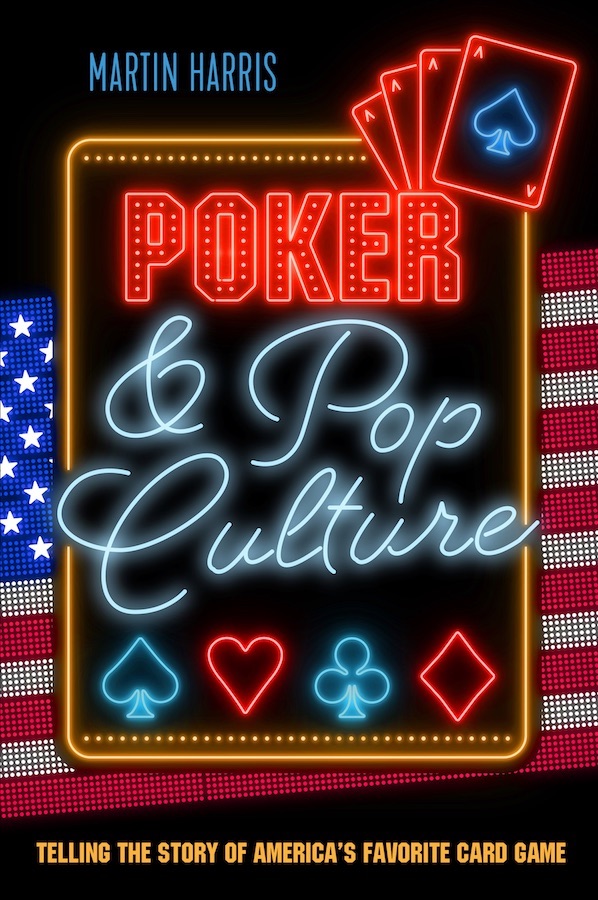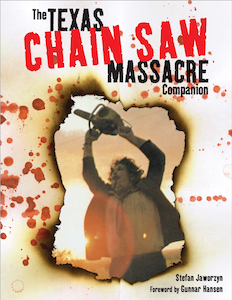The German Game of “Poch”
The game originated in Germany and is still played there and in other places. There’s another game called glic that was played in France about the same time and which has many of the same rules. It spread through Switzerland and elsewhere in Europe over the next couple of centuries, then underwent a couple of modifications more recently making the modern version a little different. There’s a game in the U.K. called Pope Joan and another in North America called Tripoli that resemble poch as well, or at least in part.
I’m going to try to summarize the rules for the original game of poch, as it has been described by several card game historians.
Like the Spanish game mus, poch employs a smaller deck than does poker, usually a 32-card one. There are four suits, with the ranks being ace (here a high card) through seven (i.e., toss the sixes through deuces). Also like mus, the rules for this game are kind of complicated, although my sense is poch would be easier for first-timers to pick up.
Poch requires a special round board that has has eight cups around the edge plus a ninth one in the middle. (That’s a picture up above of one from the late-19th century.) You could play it without such a board, but you’d need cups or some equivalent way of collecting chips during game play. The eight cups around the edge all have names (marked by those cards, if you can see) -- ace, king, queen, jack, ten, “marriage” (with a king and queen), “sequence” (the one with three cards, seven-eight-nine), and “poch” or “pocher” (designated by a joker, even though jokers aren’t used). The cup in the middle doesn’t have a name.
I’m seeing references to needing three-to-six players to play, although I imagine you could play with just two or even more than six. However many are playing, before every hand each player must put one chip into each of the nine cups.
The hand starts with the dealer dealing out the entire deck except for the last card which gets placed face up on top of the center cup. (The action goes clockwise in poch, as opposed to counter-clockwise in mus.) The suit of this last card designates the “trump” suit, also called the “pay suit.” By the way, this means some players might have one more card than others -- this doesn’t matter. The game is also played by just dealing a certain number of cards per player (e.g., five), with an additional card put in the middle.
The game then goes through three stages or phases. The first stage basically involves players getting rewarded for having been dealt certain cards -- it’s sometimes called the “sweepstakes” stage. The second stage involves players betting on their hands and is really the only one that resembles poker. Then for the third one I’ve seen a couple of different explanations (described below).
Okay, the first stage. Remember that card in the middle designating the trump suit? Any player holding the ace of that suit wins whatever is in the ace cup. Same goes for the king, queen, jack, and ten cups -- if you have that card in the trump suit, you get the chips in that cup. If anyone has both the king and the queen in the trump suit, that player gets what is in the “marriage” cup, and if anyone has 7-8-9 in the trump suit, that player gets what is in the “sequence” cup. (Never mind the “poch” cup or the center cup just now -- they come in later.)
Now if all of the cards have been dealt out, it’ll usually happen that the ace, king, queen, jack, and ten cups get claimed here (unless the trump card is one of those ranks), while often no one will win what is in the “marriage” or “sequence” cups. Whatever goes unclaimed in one hand gets carried over to the next one (at the beginning of which players again put one chip in each of the cups).
Moving onto the second stage in which players bet on their hands. The object is to have the highest-ranking hand here, and the only hands you can make are four of a kind, three of a kind (or a “triple”), and a pair. That’s it. Forget about straights or flushes or full houses. In fact, you can’t even have a two-pair hand -- if you have two pairs, you just count the highest of your pairs as a simple one-pair hand. If two players have quads or triples, the higher-ranked hand wins, and if two each have the same pair, the one with the trump suit wins.
Betting goes clockwise around the table starting with the player to the dealer’s left. To bet you say “Ich poche” followed by the number of chips you want to bet -- so, “Ich poche 2” or three or “sieben” (if you’re German and betting seven) or whatever -- while putting chips in the poch cup corresponding to your bet.
Subsequent players can call or raise or fold (as in poker), and players still in after the last bet is called show their hands and the highest hand wins. I’m not certain, but I think that the results of the first “sweepstakes” stage can potentially affect what happens here in the second stage since players earning chips in the first stage have to show cards to claim those winnings. Note that players can bluff with their bets as well.
As I mentioned, I’ve seen a couple of different ideas put forth to describe the third stage, with the winner in each case getting what’s in the center cup.
In one version, the winner of the second stage starts out playing a card face up on top of the center cup (whatever the card was designating the “pay suit” doesn’t figure). Then whoever has the next higher card of the same suit plays next, setting his or her card on top. That continues until no one has a higher card left in that suit, then whoever played the last card in that sequence plays another card (in another suit) and the process begins again. This goes on until someone plays his or her last card, and that’s the player who wins the third stage.
Another version has players taking turns laying out cards one by one until they total 31 or less. Once no one can play a card without going over 31, the last player to play a card wins. I'm not 100% sure what the values are for the cards, but I’m guessing it’s not as complicated as in mus -- i.e., face cards are 10, seven, eight, and nine are worth those amounts; aces are probably just one (or 11, I suppose).
Again, it’s really only that second stage with the betting and the rudimentary hand rankings that can be said to prefigure poker in a direct way. And in fact if you look into histories of rummy you see poch likewise listed there as an antecedent game, which makes sense.
Photo: Board for the card game ‘Poch’ with copper receptacles, catawiki.
Labels: *by the book, Germany, poch, poker's precursors














0 Comments:
Post a Comment
<< Home